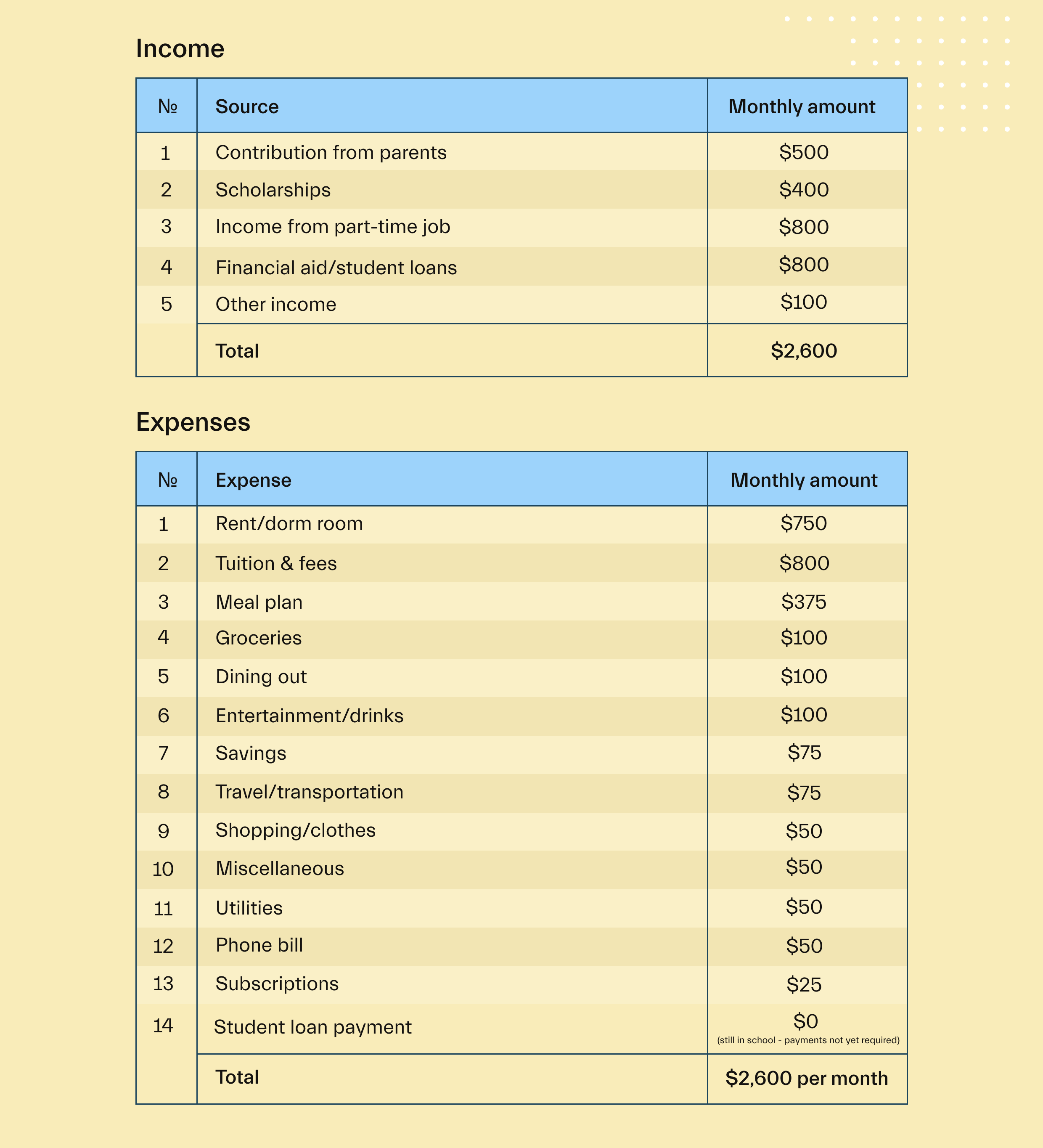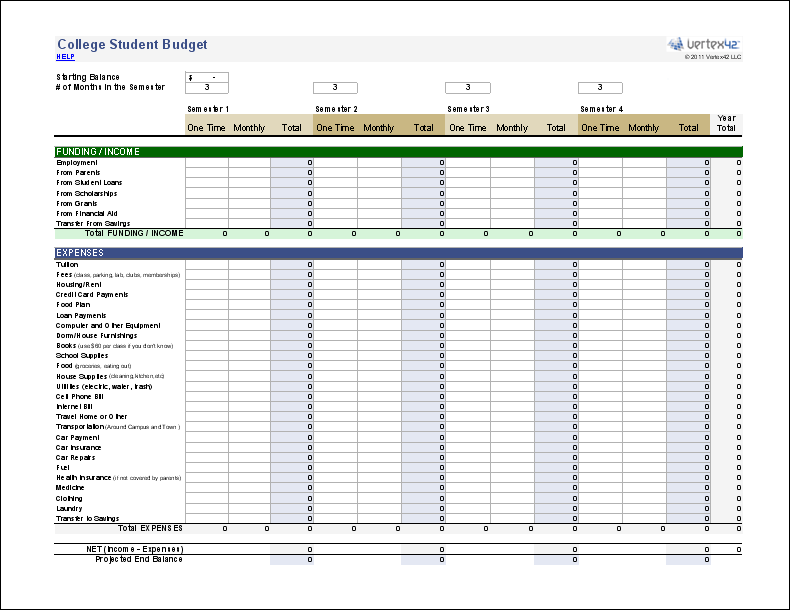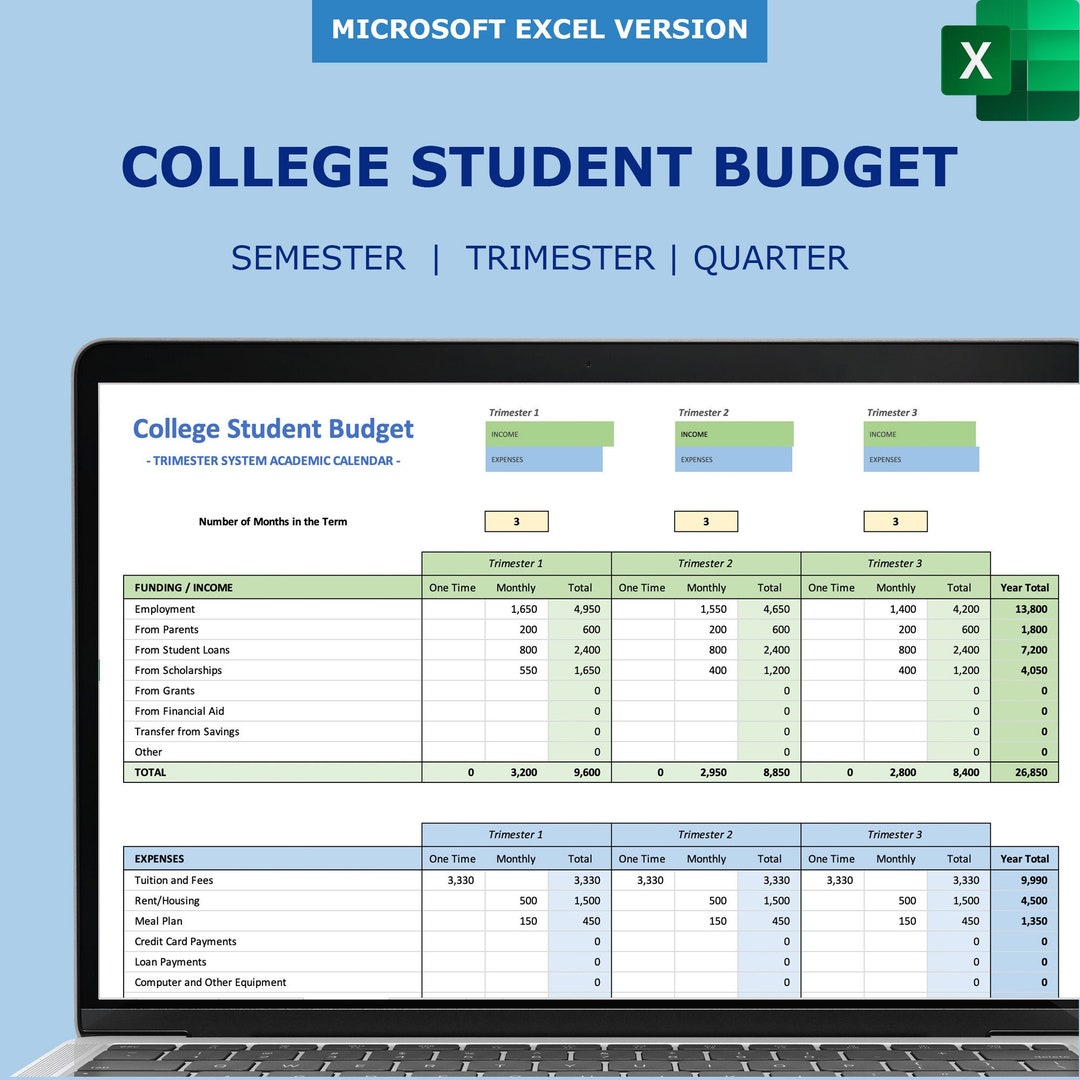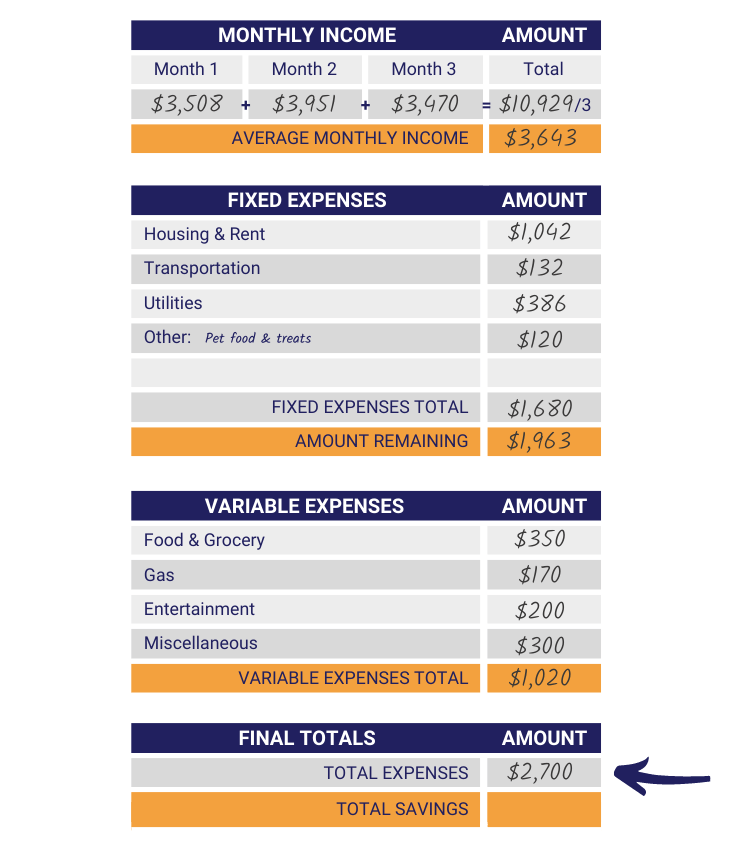How To Create A Financial Plan For College Students
Navigating college life can be thrilling yet challenging, especially when it comes to managing your finances. In “How To Create A Financial Plan For College Students,” you’ll discover practical and easy-to-follow steps that can help you take charge of your money matters. This guide breaks down essential strategies like budgeting, saving, and smart spending, empowering you to make informed financial decisions that set you up for success during your academic journey and beyond. Don’t let financial stress overshadow your college experience; learn how to create a plan that works for you.
Have you ever wondered how you can manage your finances while juggling the demands of college life? If so, you’re not alone. Many college students find it challenging to balance their academic responsibilities with financial planning. But, don’t worry! This article will guide you through creating a financial plan tailored to your unique situation.
Understanding the Importance of Financial Planning
You may wonder why financial planning is essential during your college years. This period is crucial for establishing good financial habits that will benefit you for the rest of your life. Financial planning helps you manage your money wisely, avoid unnecessary debt, and prepare for future expenses.
Why Financial Planning Matters
Having a clear financial plan can reduce stress, allowing you to focus more on your studies. You’ll also gain valuable skills that will be indispensable once you graduate and start earning a regular income. So, let’s dive into how you can create a financial plan that works for you.
Assessing Your Financial Situation
Before you can create a financial plan, you need to understand your current financial situation. This involves examining your income, expenses, and any debt you might have.
Income
As a college student, your income might come from various sources such as part-time jobs, scholarships, grants, or allowances from your parents. List down all your income sources and their amounts. Here’s a simple table to help you organize this information:
| Source | Amount per Month ($) |
|---|---|
| Part-Time Job | 500 |
| Scholarship | 300 |
| Allowance from Parents | 200 |
| Others | 50 |
| Total Income | 1050 |
Expenses
Next, you need to list your monthly expenses. This includes tuition fees, textbooks, rent, utilities, groceries, transportation, entertainment, and any other regular costs. Here’s how you can structure it:
| Expense | Amount per Month ($) |
|---|---|
| Tuition Fees | 300 |
| Textbooks | 100 |
| Rent | 400 |
| Utilities | 50 |
| Groceries | 150 |
| Transportation | 50 |
| Entertainment | 100 |
| Others | 50 |
| Total Expenses | 1200 |
Debt
If you have any student loans, credit card balances, or other forms of debt, it’s crucial to account for these in your financial plan. List your debts and their repayment amounts.
| Debt | Amount Owed ($) | Monthly Payment ($) |
|---|---|---|
| Student Loan | 15000 | 150 |
| Credit Card Balance | 500 | 20 |
| Total Debt | 15500 | 170 |

Setting Financial Goals
Once you have a clear picture of your financial situation, the next step is to set some financial goals. Your goals will serve as a roadmap to guide your financial decisions.
Short-Term Goals
Short-term goals are things you want to achieve within the next year. They might include saving money for a spring break trip, paying off a small credit card balance, or building an emergency fund. Be specific and realistic.
Medium-Term Goals
Medium-term goals are those you aim to achieve within the next 2-5 years. This could involve saving for a car, accumulating a down payment for a future apartment, or reducing your student loan debt.
Long-Term Goals
Long-term goals typically span over five years or more. They might include future career plans, further education, or eventually buying a home. While these may seem distant, starting to plan for them early can be highly beneficial.
Creating a Budget
A budget is a critical tool in your financial plan. It helps you manage your income and expenses, ensuring you stay on track with your financial goals.
Steps to Create a Budget
- List Your Income and Expenses: Use the tables you created earlier.
- Categorize Your Spending: Divide your expenses into fixed (e.g., rent, tuition) and variable (e.g., groceries, entertainment) costs.
- Set Spending Limits: Allocate specific amounts to each category based on your income and goals.
- Track Your Spending: Use apps or spreadsheets to monitor your expenses and ensure you stay within your budget.
Example Budget
Here’s an example of how you might allocate your monthly income of $1050:
| Category | Budget ($) |
|---|---|
| Rent | 400 |
| Utilities | 50 |
| Groceries | 150 |
| Transportation | 50 |
| Entertainment | 100 |
| Savings | 100 |
| Miscellaneous | 200 |
| Total | 1050 |

Managing Debt
Debt can be a significant burden for college students, but with a solid plan, you can manage and even reduce it over time.
Prioritizing Debt Repayment
Identify which of your debts has the highest interest rate and prioritize paying it off first. This strategy, known as the avalanche method, can save you money on interest payments in the long run.
Consolidating Debt
If you have multiple debts, consolidating them into a single loan with a lower interest rate can simplify your payments and reduce your financial stress.
Exploring Income Opportunities
Increasing your income can significantly ease your financial burden. Here are a few ways college students can earn extra money:
Part-Time Jobs
Many colleges offer part-time jobs that fit around your class schedule. These roles can provide a steady income and valuable work experience.
Freelancing
If you have skills in writing, graphic design, coding, or other areas, freelancing can be a flexible way to earn money.
Gig Economy
Platforms like Uber, Lyft, and DoorDash can offer flexible earning opportunities that fit around your studies.

Saving Money
While increasing your income is one approach, reducing your expenses is another effective way to improve your financial situation.
Textbook Savings
Textbooks can be a significant expense, but there are ways to save. Consider buying used books, renting them, or using digital versions.
Food And Groceries
Eating out regularly can drain your budget. Cooking at home and planning your meals can save you a lot of money.
Entertainment
Look for free or low-cost entertainment options. Many colleges offer free events, and student discounts can help you save on other activities.
Transportation
Consider walking, biking, or using public transportation instead of owning a car. If you need a vehicle, carpooling can reduce your costs.
Building An Emergency Fund
An emergency fund is a critical component of financial stability. It covers unexpected expenses, like medical emergencies or urgent repairs, so you don’t have to rely on credit cards or loans.
How Much Should You Save?
A good rule of thumb is to save three to six months’ worth of living expenses. While this might seem daunting, start small. Aim to save $500 first and gradually build from there.

Investing For The Future
Investing might seem like something you only do once you have a full-time job, but starting early can yield significant benefits.
Types Of Investments
Here are a few investment vehicles that might be suitable for college students:
- Savings Accounts: While they offer lower returns, they are safe and easily accessible.
- Certificates of Deposit (CDs): These offer higher interest rates than savings accounts in exchange for locking up your money for a specified period.
- Stocks and Bonds: These can offer higher returns, but they come with higher risks. Consider starting with a small amount and learning as you go.
- Mutual Funds and ETFs: These are more diversified investment options, spreading your risk across multiple assets.
Using Robo-Advisors and Apps
If traditional investing seems overwhelming, consider using robo-advisors and investment apps designed for beginners. These platforms can help you start investing with small amounts and offer automated portfolio management.
Making Use of Financial Resources
Many colleges and universities offer resources to help students with their financial planning. Take advantage of these.
Financial Aid Office
Your school’s financial aid office can help you understand your financial aid package, apply for scholarships and grants, and explore loan options.
Financial Literacy Workshops
Check if your school offers financial literacy workshops. These can provide valuable skills and knowledge to help you manage your money.
Online Resources
Websites like Khan Academy, Coursera, and even YouTube offer free courses on personal finance. Use these resources to expand your knowledge.

Staying Flexible and Adjusting Your Plan
A financial plan is not a one-and-done task. Your financial situation and goals will likely change over time.
Regularly Review Your Plan
Make it a habit to review your financial plan regularly. Assess your budget, adjust your goals, and update your income and expenses as needed. Doing this monthly or quarterly can help you stay on track.
Adapting to Change
Life is full of unexpected changes. Whether it’s a sudden increase in tuition, a medical emergency, or a new income opportunity, your financial plan should be flexible enough to adapt.
Conclusion
Creating a financial plan as a college student might seem overwhelming, but it’s a crucial step toward financial independence and stability. Start by assessing your financial situation, setting clear goals, creating a budget, and exploring ways to manage debt and increase your income. Don’t forget to take advantage of your school’s financial resources and continually review and adjust your plan to stay on track.
With a well-thought-out financial plan, you’ll not only survive your college years financially but also set yourself up for a successful financial future. You’ve got this!
